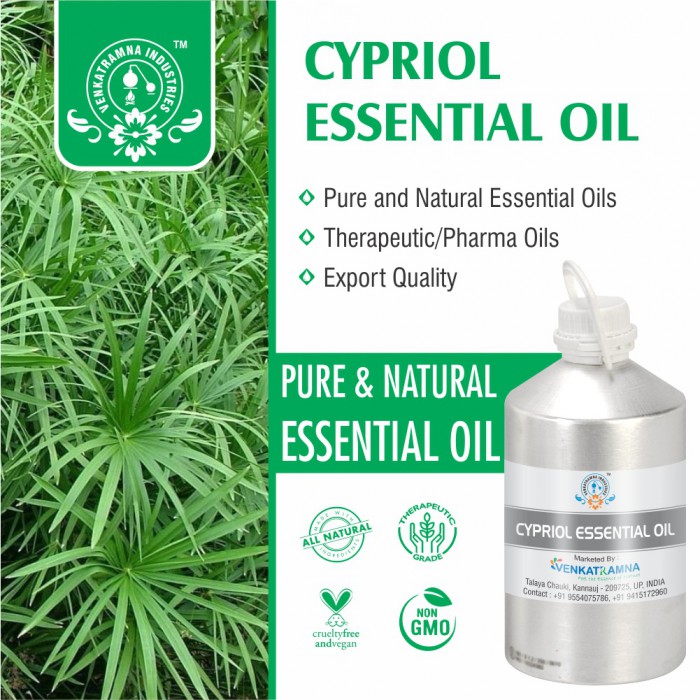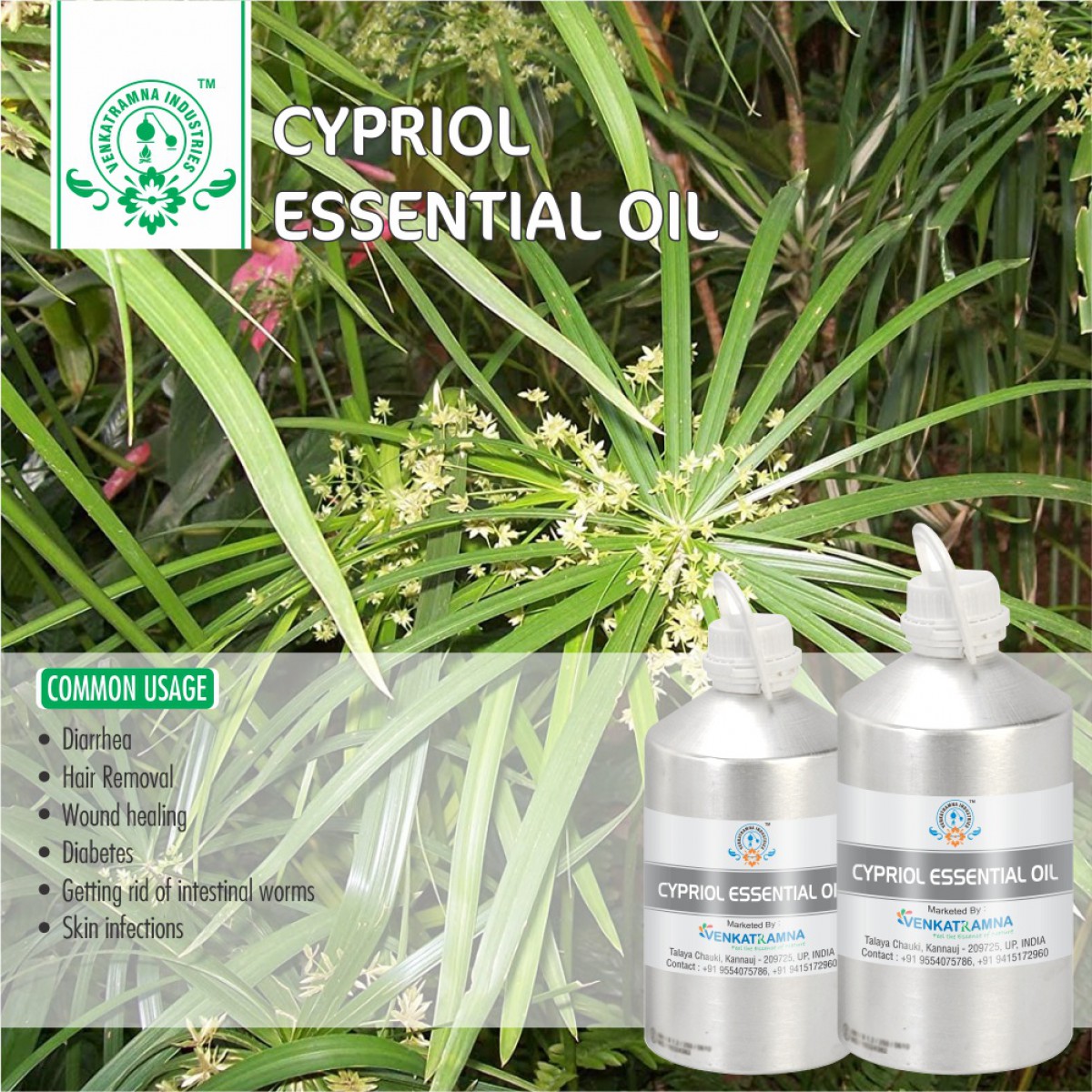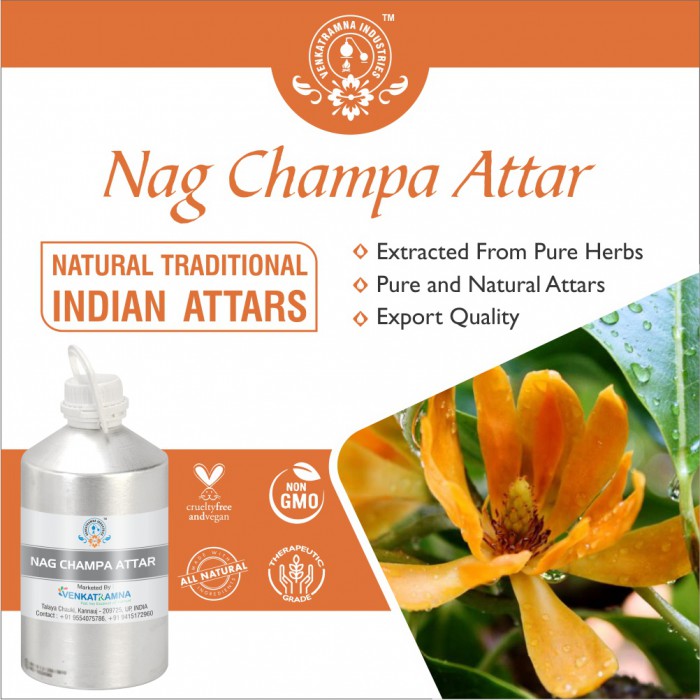Botanical Name :Cyperus ScariosusCommon name: Cypriol, Nutgrass, NagarmothaPlant family: CyperaceaeGenus:Orange brown to reddish brown vis Read More
Botanical Name : | Cyperus Scariosus |
Common name: | Cypriol, Nutgrass, Nagarmotha |
Plant family: | Cyperaceae |
Genus: | Orange brown to reddish brown viscous liquid |
Appearance/Color: | Deep, spicy woody-earthy smell |
Odor: | Deep, spicy woody-earthy smell |
Blends With: | Bergamot, Black Pepper, Cassia, Cedarwood Atlantic, Cedarwood Himalayan, Cinnamon Leaf, Clary Sage, Geranium, Grapefruit Pink, Jasmine grand, Jasmine sambac, May Chang, Myrrh, Neroli, Orange Sweet, Osmanthus, Patchouli, Rose Moroc, Sandalwood, Tangerine, Vanilla, Ylang Ylang Complete. |
Origin: | India |
Source: | Root, Rhizomes |
Method of Extraction: | Steam Distillation |
Cyperus scariosus is a small grass-like herb with angular soft stem and underground rhizomatous tubers. The plant is a glabrous herb. Stolons are slender, 0.8-5.0cm by 0.25cm, clothed by elliptic, acute, lax striate concolorous scales 1/8inch long, stem 40-90cm long, slender, triquetrous at top 1/24-1/16inch in diameter, leaves are variable, usually short (less than 1/3 stem), narrow, weak, and umbels are slender, contracted, rays slender sometimes up to 3inch long, and bracts are nearly always as the leaves i.e. hardly any when leaves short, exceeding inflorescence when leaves longish, and spikelets are linear pale straw-colour (Figure I) and rhizome are very short, woody, stolons, lateral shoots from base of stem immediately ascending, glumes scarcely imbricate in fruit. The rhizome of this plant contains an amber or light brown viscous essential oil. Cyperus, also known as Nagarmotha in Hindi, belongs to the family of Cyperaceae. Cypriol Oil is obtained by the steam distillation of dried roots of Cyperus scariosus. The oil is a mildly viscous liquid, with a dark brownish to brownish red colour. Its odour is woody and deep, with smoky notes of leather. Cyprene is its major component. The oil is mainly used in perfumery formulations.
The complete range of conditions or methods of use are beyond our control therefore we do not assume any responsibility and expressly disclaim any liability for any use of this product. Information contained herein is believed to be true and accurate however, all statements or suggestions are made without warranty, expressed or implied, regarding accuracy of the information, the hazards connected with the use of the material or the results to be obtained from the use thereof. Compliance with all applicable federal, state, and local laws and local regulations remains the responsibility of the user.
The FDA has not evaluated the statements on this website. No claims are made by Venkatramna Industries as to the medicinal value of any products from vriaroma.com or by us. The information presented here is for educating our customers about the traditional uses of essential oils and is not intended to diagnose, treat, cure, or prevent any disease. You are responsible for understanding the safe application of these products. If you have any questions, please call or email us for further information.
As per NAHA guidelines, New Directions Aromatics (NDA) does not recommend the ingestion of essential oils. It is imperative to consult a medical practitioner before using Essential Oils for therapeutic purposes. Pregnant and nursing women and those taking prescription drugs are especially advised not to use this product without the medical advice of a physician. The oil should always be stored in an area that is inaccessible to children, especially those under the age of 7.
Cyperus scariosus have been widely used as anti-inflammatory, astringent, antimicrobial, hypotensive, stimulant of central nervous system, hepatoprotective, antidiabetic, analgesic. It contains essential oil, terpenoids, sesquiterpenes, hydrocarbons, steroidal saponins, ketones and flavonoids. It remained to be an important ingredient of several prescriptions used in indigenous system of medicine to treat a variety of diseases including diarrhea, epilepsy, gonorrhea, syphilis and liver damage. The essential oil obtained on steam distillation of rhizomes of the plant has its value in perfumery and is also known to possess antibacterial, antifungal, antidepressant and spasmolytic activities.
Cypriol oil is an effective home remedy for managing stomach disorders due to its antispasmodic and carminative properties. Cypriol oil also helps manage diabetes due to its antioxidant property. It prevents cell damage caused by free radicals and protects the body from certain diseases. It also has anti-diarrheal property as it prevents the formation of watery stools due to the presence of flavonoids.
Cypriol might be useful in managing skin infections. Applying a paste of Cypriol powder and coconut oil helps reduce swelling and stops bleeding due to its astringent property. Cypriol oil also protects against various bacterial and fungal infections due to its antimicrobial property.
Ayurvedic physicians use the plant for medicinal purposes for fevers, digestive system disorders, dysmenorrhea and other maladies. Modern alternative medicine recommends using the plant to treat nausea, fever and inflammation; for pain reduction; for muscle relaxation and for many other disorders.
Cypriol essential oil, or Nagarmotha, from steam distilled dried roots of Cyperus scariosus, exudes a tenacious aroma similar to Vetiver and Oud. Cypriol, known in India as Nagarmotha, works well in Oriental and Woody masculine or unisex perfumes.
An emotionally calming essential oil, Cypriol is used in aromatherapy for conditions of respiratory congestion, digestive issues, to improve circulation, with some sources regarding it beneficial for relieving menstrual cramps when used in a compress across the abdomen. The earthy, leathery, slightly sweet and spicy aroma of Cypriol essential oil is calming and grounding; ideal for use in perfume, incense or to augment meditation.
| S. No: | Key Constituents | Strength (%) |
| 1 | Cyperene | 15.8–24.4 |
| 2 | Isopatchoulenone | 2.3–16.5 |
| 3 | Corymbolone | 3.2–11.9 |
| 4 | Patchoulenone | 0.8–7.6 |
| 5 | Isopatchoul-3-ene | 2.3–7.5 |
| 6 | Rotundone | 3.5–5.1 |
| 7 | Rotundene | 0–4.8 |
| 8 | Patchouli alcohol | <3.5 |
| 9 | a-Copaene | <3.2 |
| 10 | b-Selinene | 2.2–3.0 |
| 11 | Agarol | 1.2–2.5 |
| 12 | Patchoulanol | 0–2.2 |
| 13 | Calamenol | <2.1 |
| 14 | Isopatchouli -3,5-diene | 0–2.0 |
| 15 | Rotundenol | 0.9–1.9 |
| 16 | ar-Himachalene | <1.9 |
| 17 | 3,4,5-Trimethoxybenzaldehyde | 0–1.9 |
| 18 | Cyperolone | <1.6 |
| 19 | Myrtenol | 0–1.5 |
| 20 | Valencene | <1.4 |
| 21 | d-Cadinene | <1.3 |
| 22 | a-Selinene | <1.3 |
| 23 | (Z)-Pinocarveol | 0–1.0 |





 MSDS-Cyprol.pdf
MSDS-Cyprol.pdf




